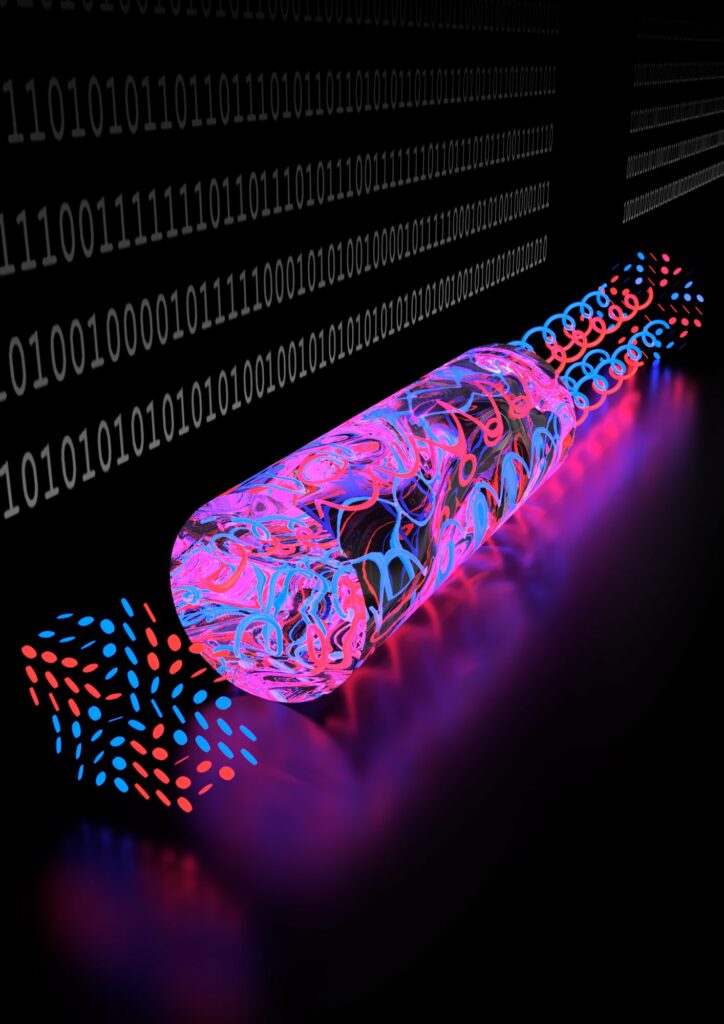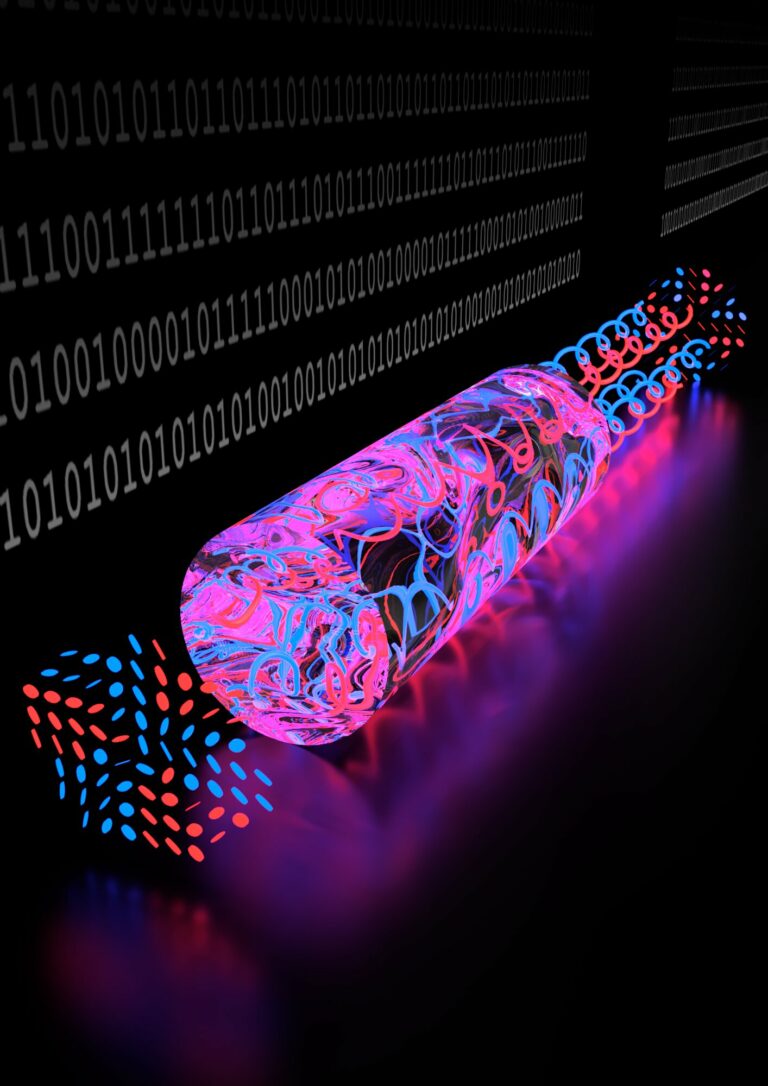Scientists Showcase Communication Without Noise Using Structured Light
Researchers at the University of the Witwatersrand (Wits) have introduced a novel optical communication protocol leveraging spatial patterns of light for multi-dimensional encoding. This innovative approach avoids the need for recognizing patterns, overcoming previous challenges related to modal distortion in noisy channels.
Published in Laser & Photonics Reviews, the Wits team utilized a new invariant property of vectorial light, termed “vectorness,” which remains unchanged when passing through a noisy channel. This breakthrough enables the transmission of over 50 virtually noise-free vectorial light patterns across turbulent atmospheres, offering a promising avenue for high-bit-rate optical communication.
The team’s approach deviates from traditional amplitude modulation, allowing for a more extensive encoding alphabet. Unlike binary (0 or 1) amplitude modulation, the researchers partitioned the vectorness range (from 0 to 1) into more than 50 parts, creating a 50-letter alphabet. The invariant vectorness property ensures that both the sender and receiver agree on the value, facilitating noise-free information transfer.

The key achievement lies in using patterns of light in a way that doesn’t necessitate their recognition, allowing the system to ignore the natural distortion introduced by noisy channels. Instead, the invariant quantity effectively combines light in specialized measurements, producing a value unaffected by distortion. Professor Andrew Forbes from the Wits School of Physics expressed excitement about the advance, emphasizing the ability to exploit numerous light patterns as an encoding alphabet without being constrained by channel noise.
Lead author Keshaan Singh highlighted the practicality of the approach, noting that the vectorness modulation can be created and detected using conventional communications technology, enabling immediate deployment in real-world settings. The team has initiated demonstrations in optical fiber and fast links across free-space and envisions the approach’s applicability in various noisy channels, including underwater communication.
This article is republished from PhysORG under a Creative Commons license. Read the original article.
Do not forget to share your opinion with us to provide you with the best posts !





0 Comments